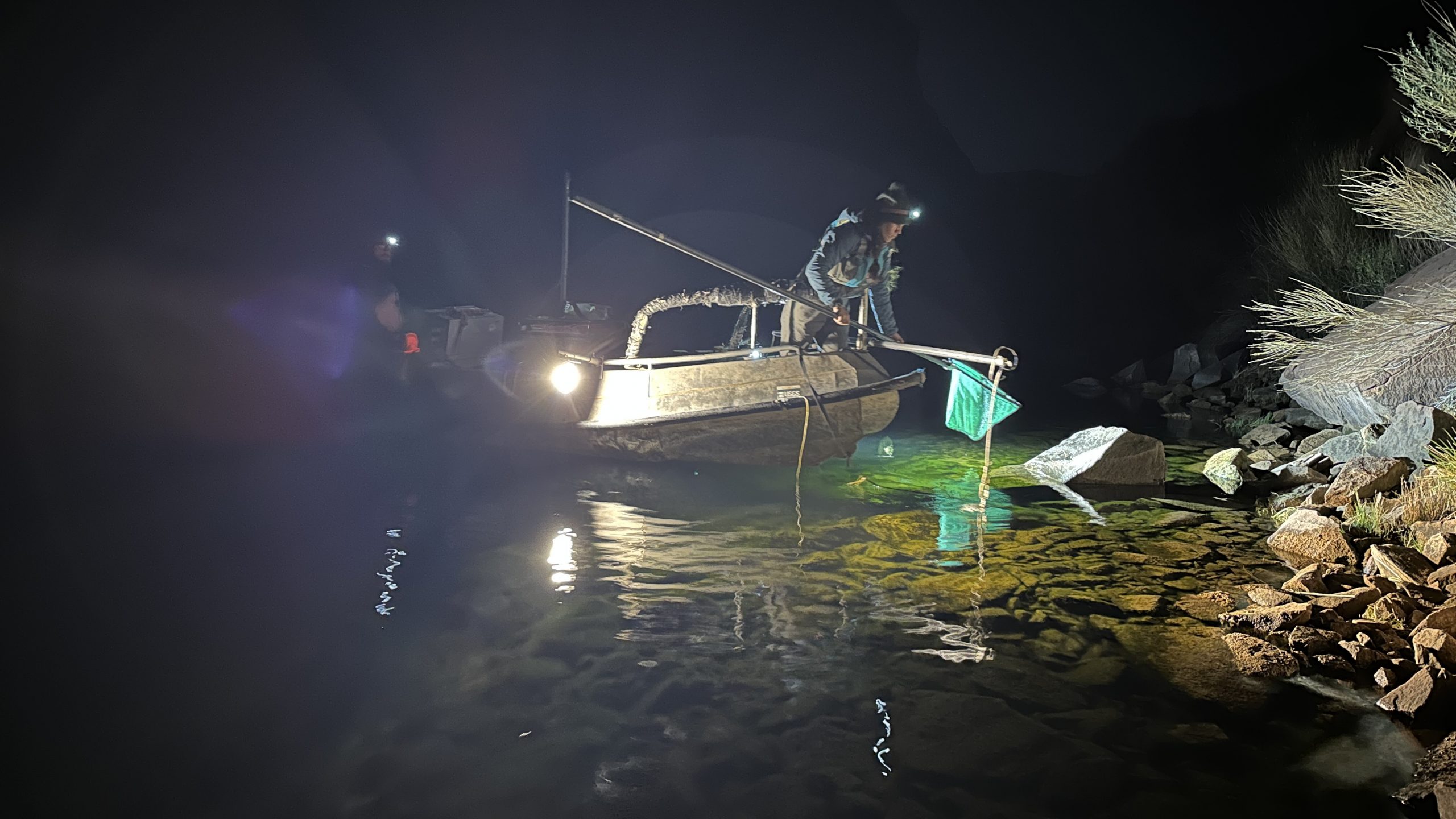Glen Canyon Dam Adaptive Management Program
Overview
The Glen Canyon Dam Adaptive Management Program (GCDAMP) helps integrate management of Glen Canyon Dam operations and downstream resources, including those in the Glen Canyon National Recreation Area and Grand Canyon National Park. CRB staff represent the State of California in the GCDAMP’s Adaptive Management Workgroup (AMWG) and Technical Work Group (TWG).
Background
As a result of growing concerns about the adverse downstream effects of Glen Canyon Dam, in 1996 the U.S. Bureau of Reclamation finalized an Environmental Impact Statement for the operation of Glen Canyon Dam (EIS). Meanwhile, in 1992 Congress passed the Grand Canyon Protection Act (Public Law 102-575). In compliance with the 1992 act, the EIS proposed an “adaptive management” process to monitor and assess downstream impacts.
The GCDAMP, which supports the 1992 Grand Canyon Protection act and the 1996 EIS, was developed “to provide an organization and process for cooperative integration of dam operations, downstream resource protection and management, and monitoring and research information, as well as to improve the values for which the Glen Canyon National Recreation Area and Grand Canyon National Park were established” [GCDAMP website].
Since 2016, an important component of the GCDAMP has been the Long-Term Experimental and Management Plan (LTEMP), a framework for adaptively managing Glen Canyon Dam for 2017-2036 (20 years) within the water delivery requirements of the Law of the River. The LTEMP focuses on the following eleven resources (goals are described in the 2016 Final Environmental Impact Statement):
- Archaeological and Cultural Resources
- Natural Processes
- Humpback Chub
- Hydropower and Energy
- Other Native Fish
- Recreational Experience
- Sediment
- Tribal Resources
- Rainbow Trout Fishery
- Nonnative Invasive Species
- Riparian Vegetation
Organizationally, the GCDAMP includes the Adaptive Management Work Group (AMWG), established by the Secretary of the Interior in 1997, a federal advisory committee charged to advise the Secretary regarding the operation of Glen Canyon Dam, and a Technical Work Group (TWG). The AMWG and TWG are comprised of representatives from federal agencies, Native American tribes, the seven Colorado River basin states, the Arizona Game and Fish Department, and the general public (environmental organizations, the recreation industry, and contractors who purchase Federal power from Glen Canyon Powerplant). CRB staff represent the State of California in both the AMWG and the TWG.
The GCDAMP meets its research needs through partnership with the United States Geological Survey’s Grand Canyon Monitoring and Research Center which, through funding from the GCDAMP, carries out research to monitor and assess the downstream effects of Glen Canyon Dam operations.
For a more detail, see USBR’s GCDAMP Program Background.
Program links
Guiding documents
- 1992 Grand Canyon Protection Act (Public Law 102-575, Title XVIII):
- 1996 Environmental Impact Statement for the operation of Glen Canyon Dam
- LTEMP:



